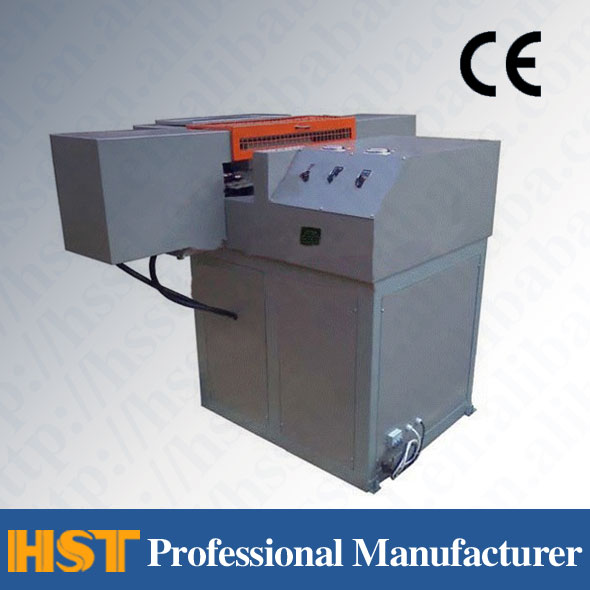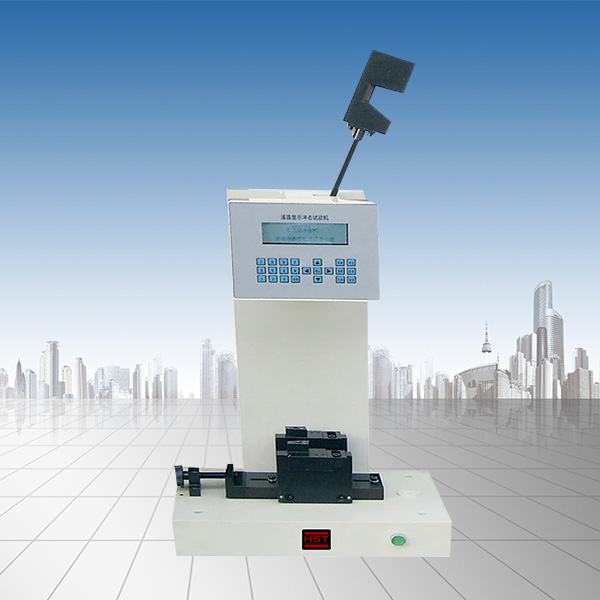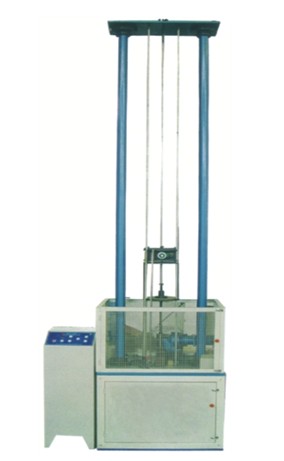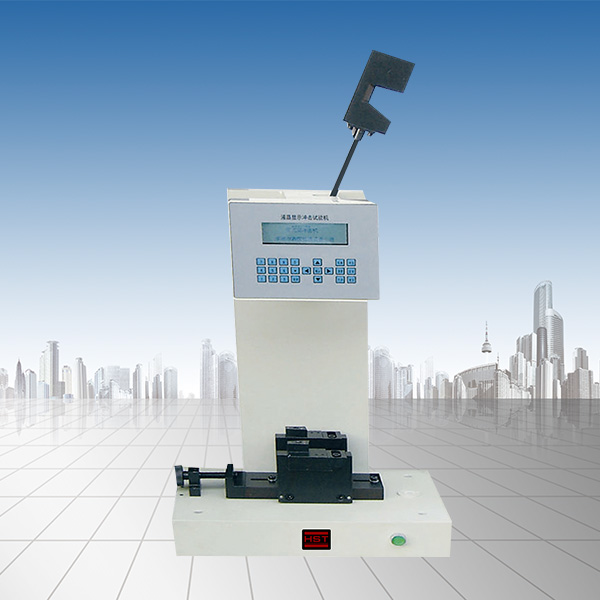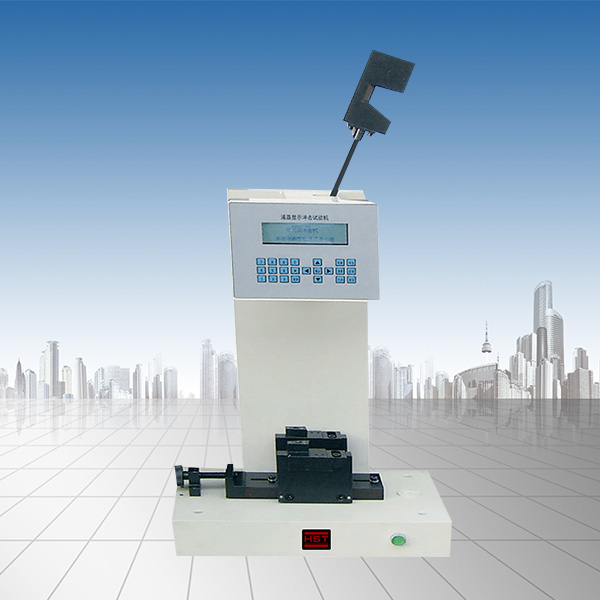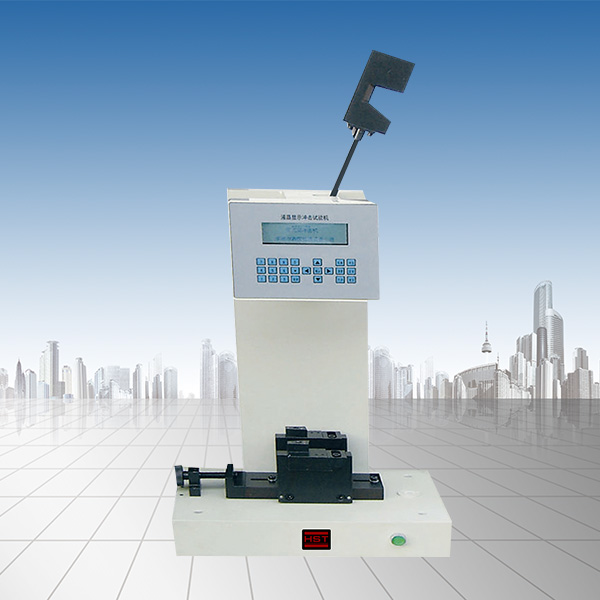Company News
What are the applications of displacement sensors in universal testing machines
Release time:2018-11-23 source:Jinan Hengsi Shanda Instrument Co., Ltd. Browse:
Hello everyone, Jinan Hengsisheng editor will use this article to briefly introduce it to you about itWhat are the applications of displacement sensors in universal testing machinesI hope the related questions and knowledge will be helpful to everyone.
First, let’s briefly understand what a displacement sensor is. Displacement sensors are also called linear sensors. They are divided into inductive displacement sensors, capacitive displacement sensors, photoelectric displacement sensors, ultrasonic displacement sensors, and Hall displacement sensors.
An inductive displacement sensor is a linear device belonging to metal induction. After the power is turned on, an alternating magnetic field will be generated on the induction surface of the switch. When the metal object approaches this induction surface, an eddy current will be generated in the metal and absorb the energy of the oscillator, causing the oscillator output amplitude to linearly attenuate, and then the purpose of contactless detection of the object is achieved according to the change in the attenuation amount.
So what medical uses are displacement sensors in universal testing machines? The displacement sensor has no sliding contacts, is not affected by non-metallic factors such as dust when working, and is low in power consumption and long life, and can be used in various harsh conditions. Displacement sensors are mainly used in intelligent control of simulated quantities in the production line of automated equipment (such as hydraulic universal testing machines, etc.).
Displacement is the amount related to the movement of the position of an object during movement, and the range involved in the measurement of displacement is quite wide. Small displacements are usually detected by strain, inductive, differential transformer, eddy current, Hall sensors, and large displacements are often measured by sensing technologies such as induction synchronizer, grating, capacitive gate, magnetic gate, etc. Among them, grating sensors are increasingly widely used in the machine tool processing, detection instruments and other industries because of their advantages of easy to achieve digitization, high accuracy (currently, the resolution can reach the nanoscale), strong anti-interference ability, no human reading error, easy installation, and reliable use.
Recommended productsPRODUCTS


















